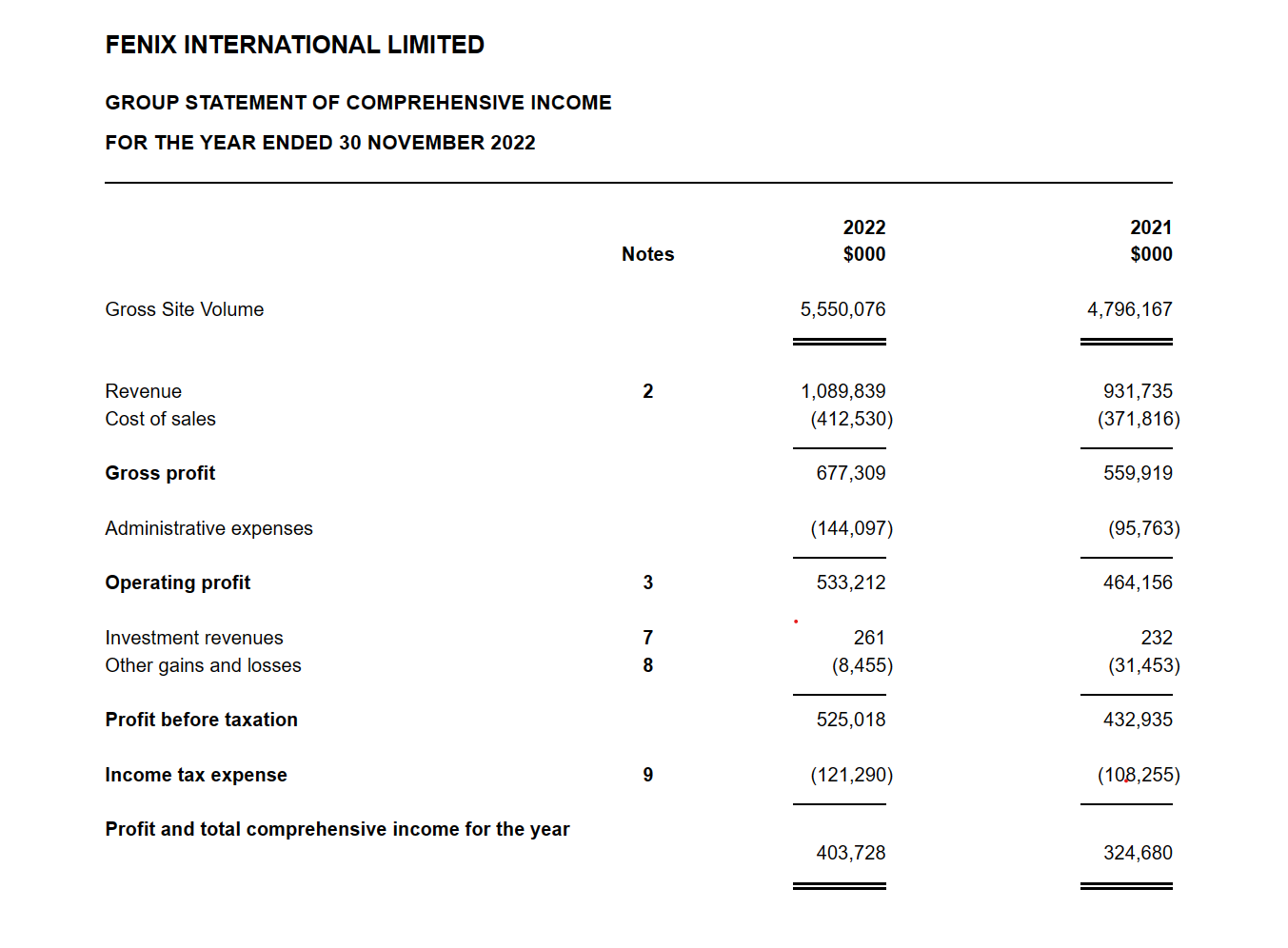Like many sectors, creator-focused startups had an easy time of attracting funding in 2020 and 2021. But venture capital investment into this category slowed down significantly starting in the second half of 2022: going from 42 rounds worth $336 million in Q2 2022, to only 19 rounds worth $110.2 million in Q3 2022.
At the time, Nate O’Brien of Roadrunner VC said it best: “The creator bubble is popping.”
The Exchange explores startups, markets and money.
Read it every morning on TechCrunch+ or get The Exchange newsletter every Saturday.
 As is often the case with hyped sectors, they end up deflating when the market isn’t favorable. And it gets worse if you’re in a category that depends on the fickle advertising market, which is strongly exposed to macroeconomic fluctuations. But more importantly, the rise of the creator economy was largely driven by factors that proved to be quite temporary.
As is often the case with hyped sectors, they end up deflating when the market isn’t favorable. And it gets worse if you’re in a category that depends on the fickle advertising market, which is strongly exposed to macroeconomic fluctuations. But more importantly, the rise of the creator economy was largely driven by factors that proved to be quite temporary.
“The growth in the creator space was fueled in two parts: by COVID and [by] the boom in e-commerce (the primary advertiser in the creator economy). People have largely returned to their ordinary lives, and e-commerce has reverted to its usual pace, so the slower growth of the creator space is not surprising,” Coventure partner Brian Harwitt told TechCrunch+ in a recent investor survey.
Sure, it isn’t surprising, but it still means that new startups hoping to solve problems for creators and help them generate revenue are today often struggling to raise money, and probably expand as well.
Venture rounds and younger startups form only part of the picture, though. There are many outliers to be found if you simply examine the set of companies that raised plenty of cash before the ad market started to cool down, and chief among them is OnlyFans. It’s actually one of the best companies in the space right now, period.
OnlyProfit
It’s often difficult to get a good picture of the state of some businesses, especially late-stage startups and large private tech companies, as we usually only have incomplete or delayed data to study. With OnlyFans, we have strong and complete information; it’s simply dated. Thanks to data from its British parent Fenix International, we have OnlyFans’ results for its fiscal year ended November 30, 2022, which is basically all of calendar 2022. Huzzah!
Here are the big numbers:

Image Credits: Fenix International
To put those numbers into perspective: OnlyFans’ gross merchandise volume rose 15.7% in the year ended 2022, compared to a year earlier, and revenue increased by 17% in the same period. Gross profit, meanwhile, rose nearly 22%, which led to gross margins expanding to 62% in the year ended 2022 from 60% in fiscal 2021.
That added nearly $70 million to the company’s operating profit in the year, taking the figure to a staggering $533.2 million. That’s more than a half billion dollars in operating profit for a company that only charges a 20% cut of creators’ revenue.
Other platforms should be frantically taking notes right now. If you are a creator platform taking a more than 20% cut, you are simply telling the market that you could stand to better support creators while raking in the moolah, but you would rather be selfish instead. For context, Substack charges a 10% cut; YouTube has a varied rate card but can take up to 45% of creators’ revenue in the case of short-form video; and Twitch mostly takes 50%, with some streamers getting a better split on their first $100,000 in revenue.
We noted above that the creator economy boom has slowed in the past year, so we’d like to note that OnlyFans may see lower growth or more limited profitability in 2023 compared to last year. But we aren’t worried: From a base this profitable, there’s little that could knock OnlyFans on its backside.
Flying under the radar
OnlyFans has to be the least celebrated private tech firm we can think of. It’s popular enough in its target market (adults), but it hasn’t commanded any of the fawning coverage that less profitable companies like Uber picked up when they were startups. That’s probably because OnlyFans is synonymous with adult content, and folks get a little red in the face when the topic comes up.
It’s not just a media issue. Investors have struggled to understand what to do with OnlyFans for a while now. However, we doubt that the company is mad that it failed to sell more equity to investors early in its life. It’s been carrying on just fine on incredibly minimal external capital.
The company does face some challenges in the future. But quibbles don’t take away from the simple fact that OnlyFans has proved that the creator economy is just as real (and profitable) as many founders and investors hoped. It’s just that the content people are willing to pay for isn’t always the content that some folks want to produce, or finance.
Fair enough, but the market has spoken in favor of OnlyFans — and, fortunately, potentially for a few other areas as well. We’ve been following a trend where some artists, musical groups in particular, are adding recurring subscriptions to their revenue mix. Metal bands like Silent Planet, Ne Obliviscaris and While She Sleeps are selling their music and merch directly to their fans via Patreon.
And investors seem bullish, too, despite all the doom and gloom. Harwitt explained his outlook succinctly: “We still expect significant growth over the next few years, and believe the market has yet to reach maturity. The best companies still have access to capital, while slower-growing businesses are preserving the cash they have.”
